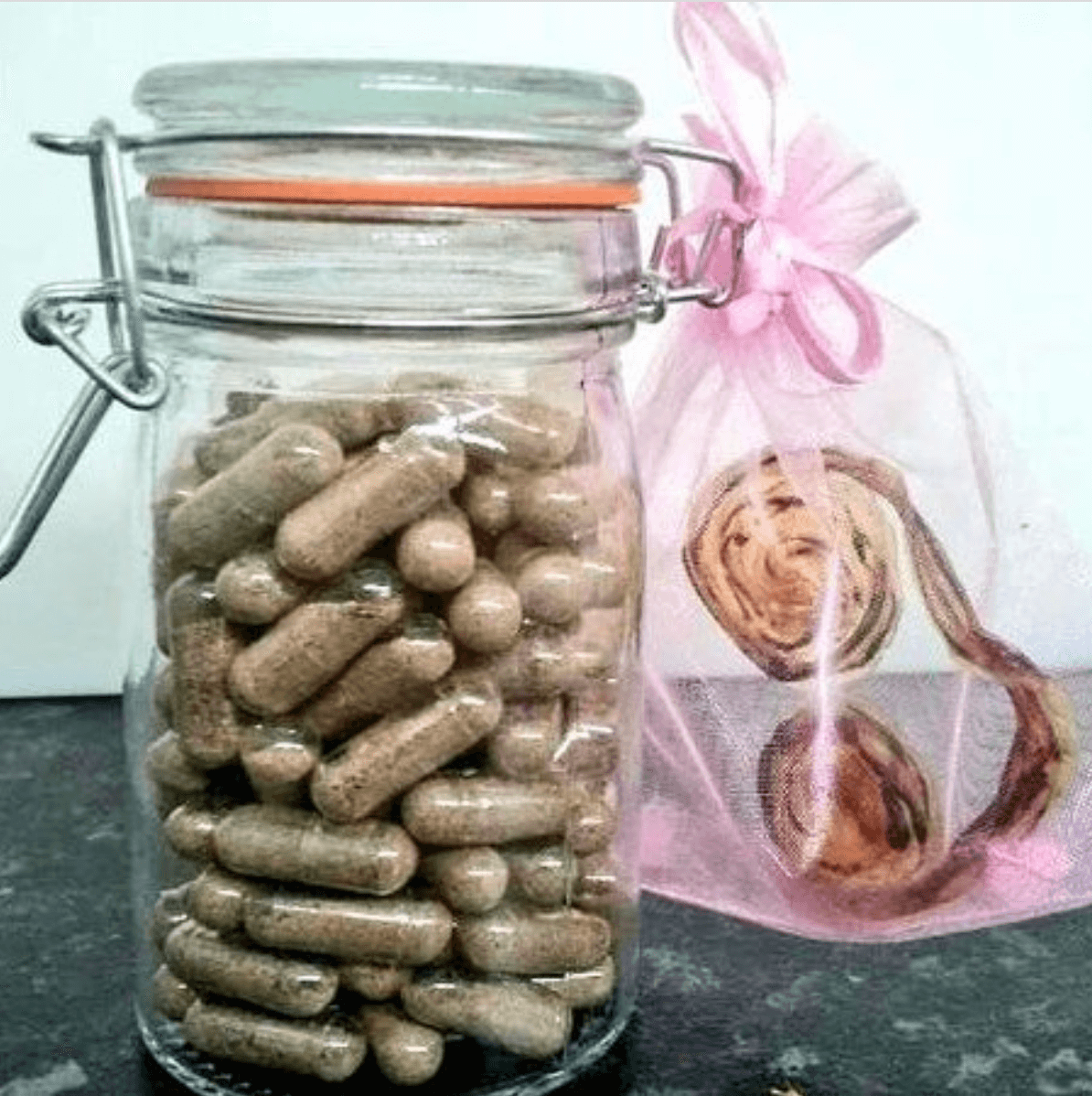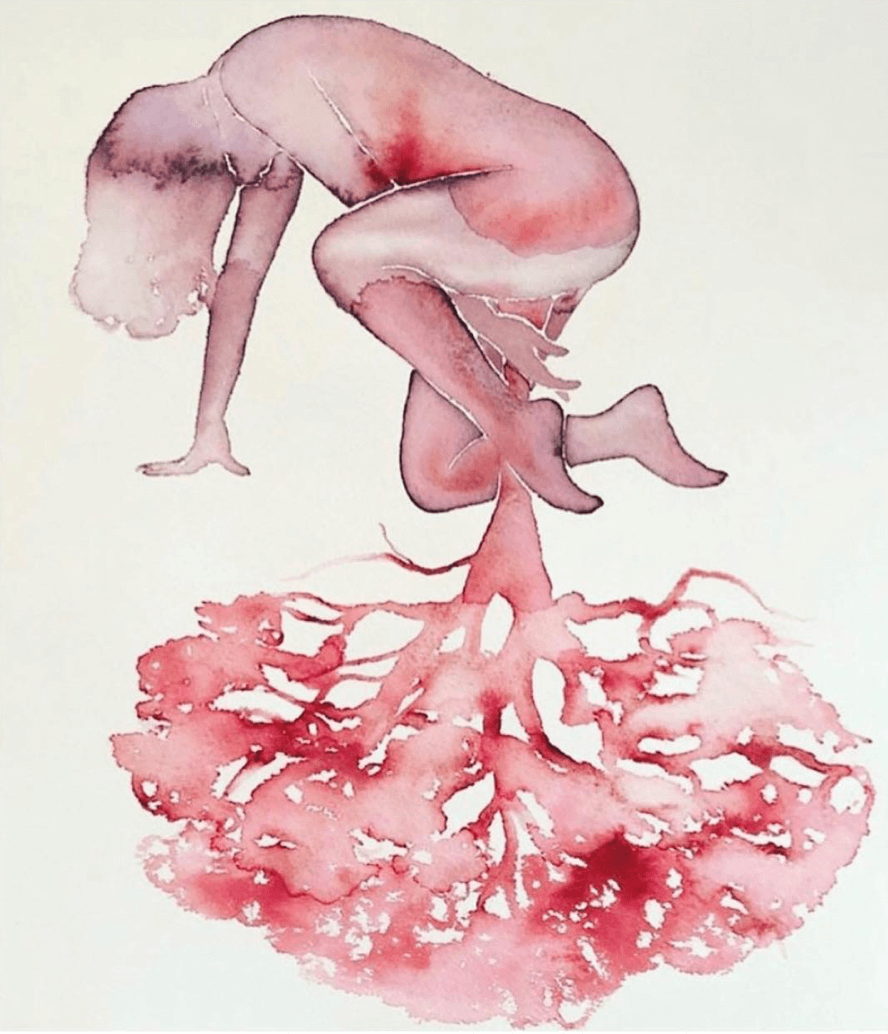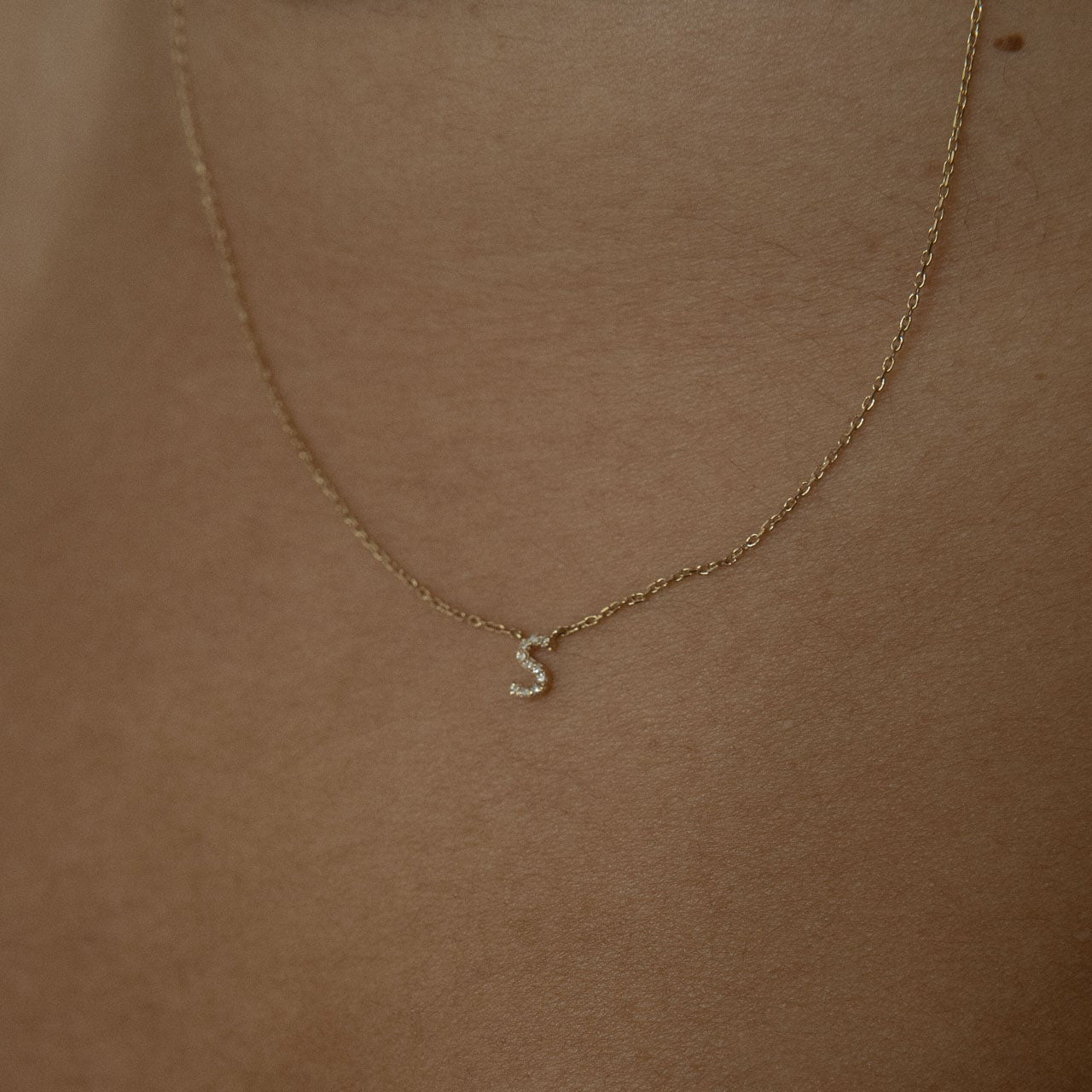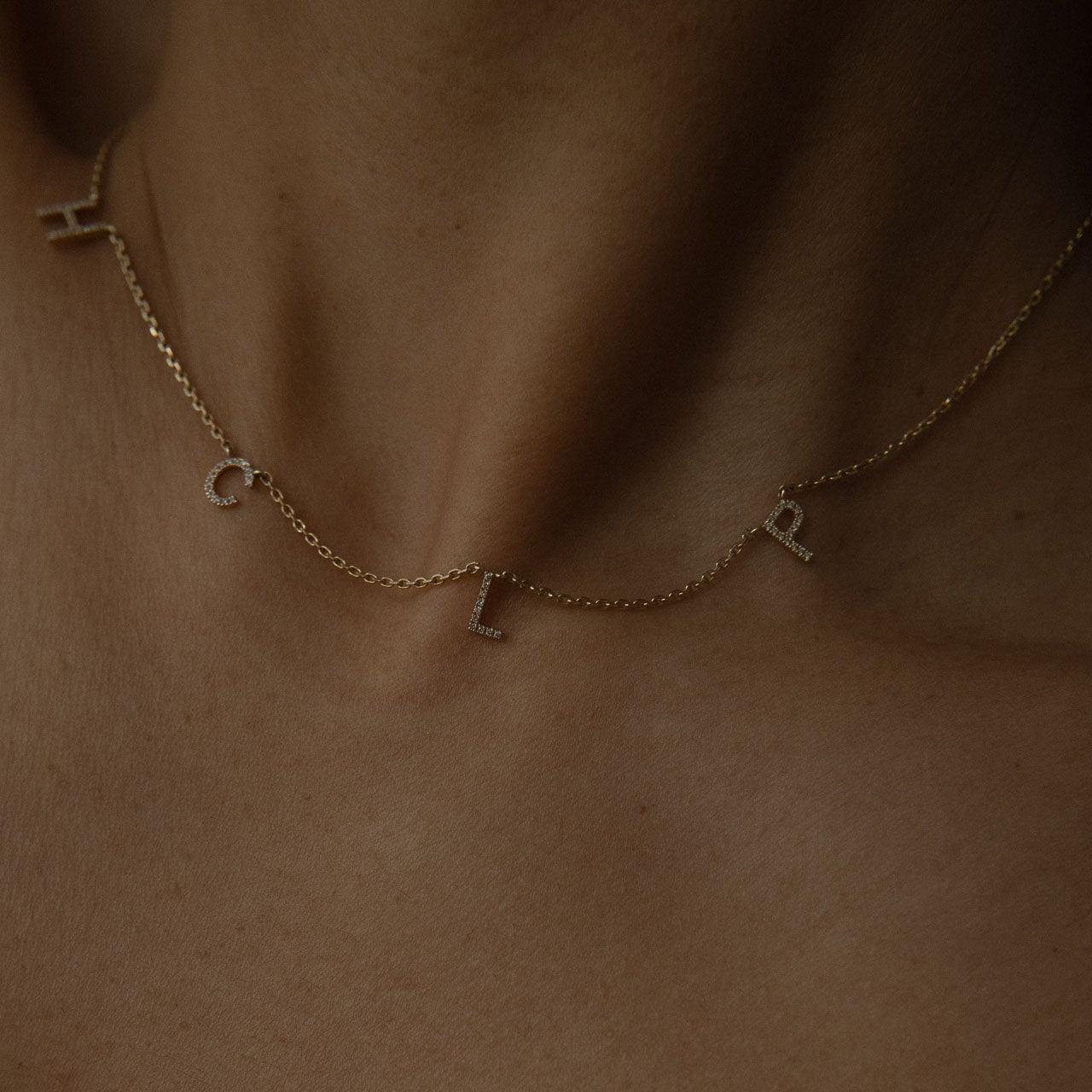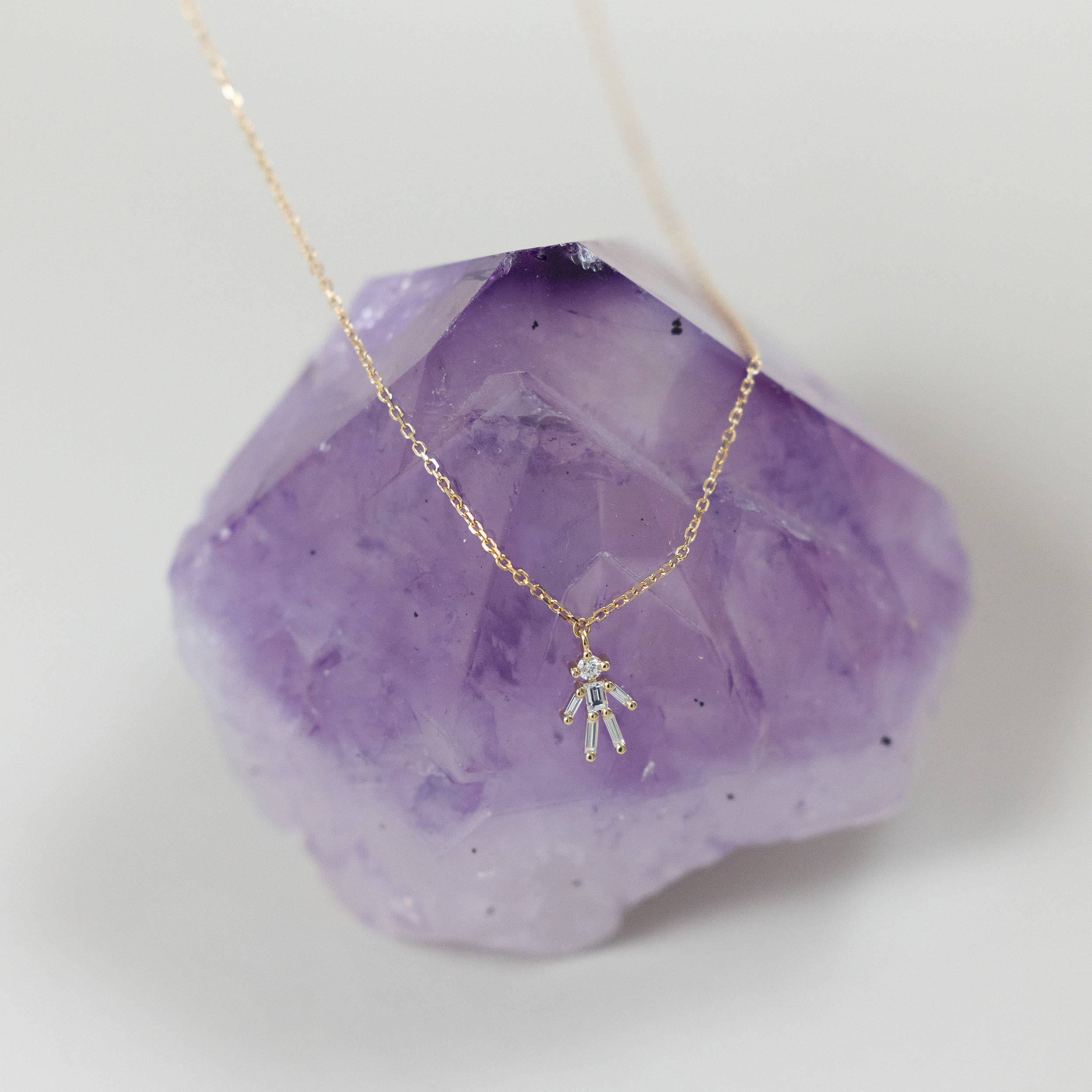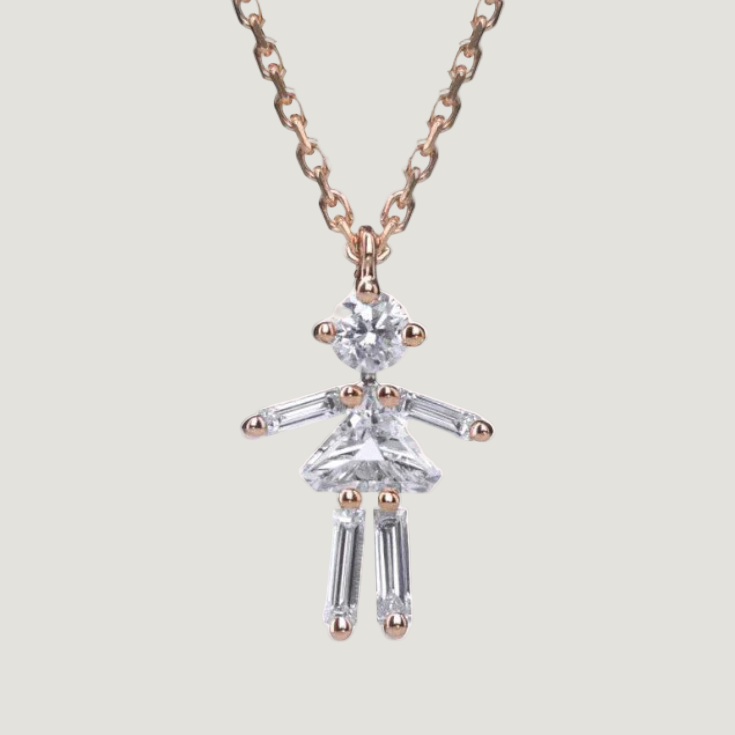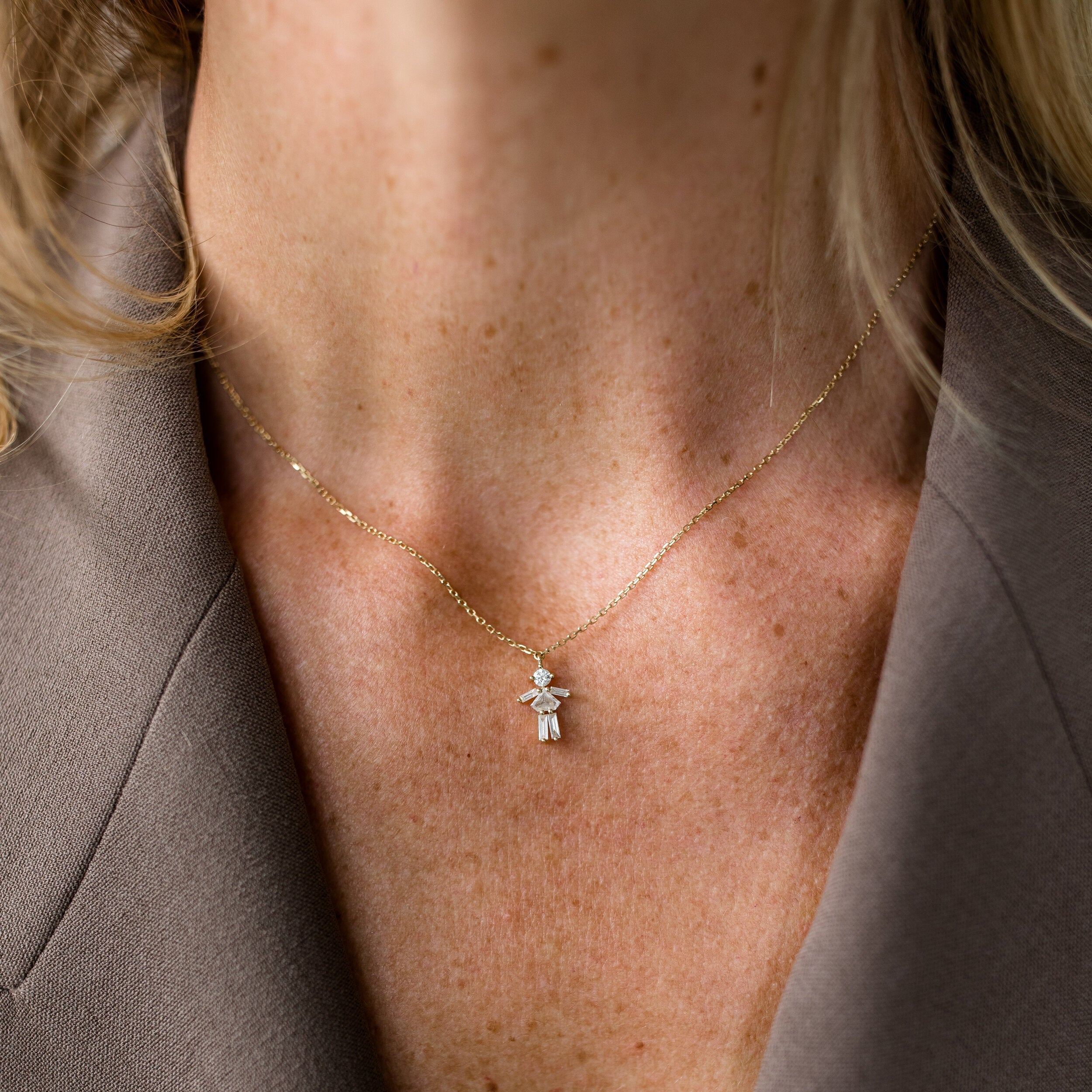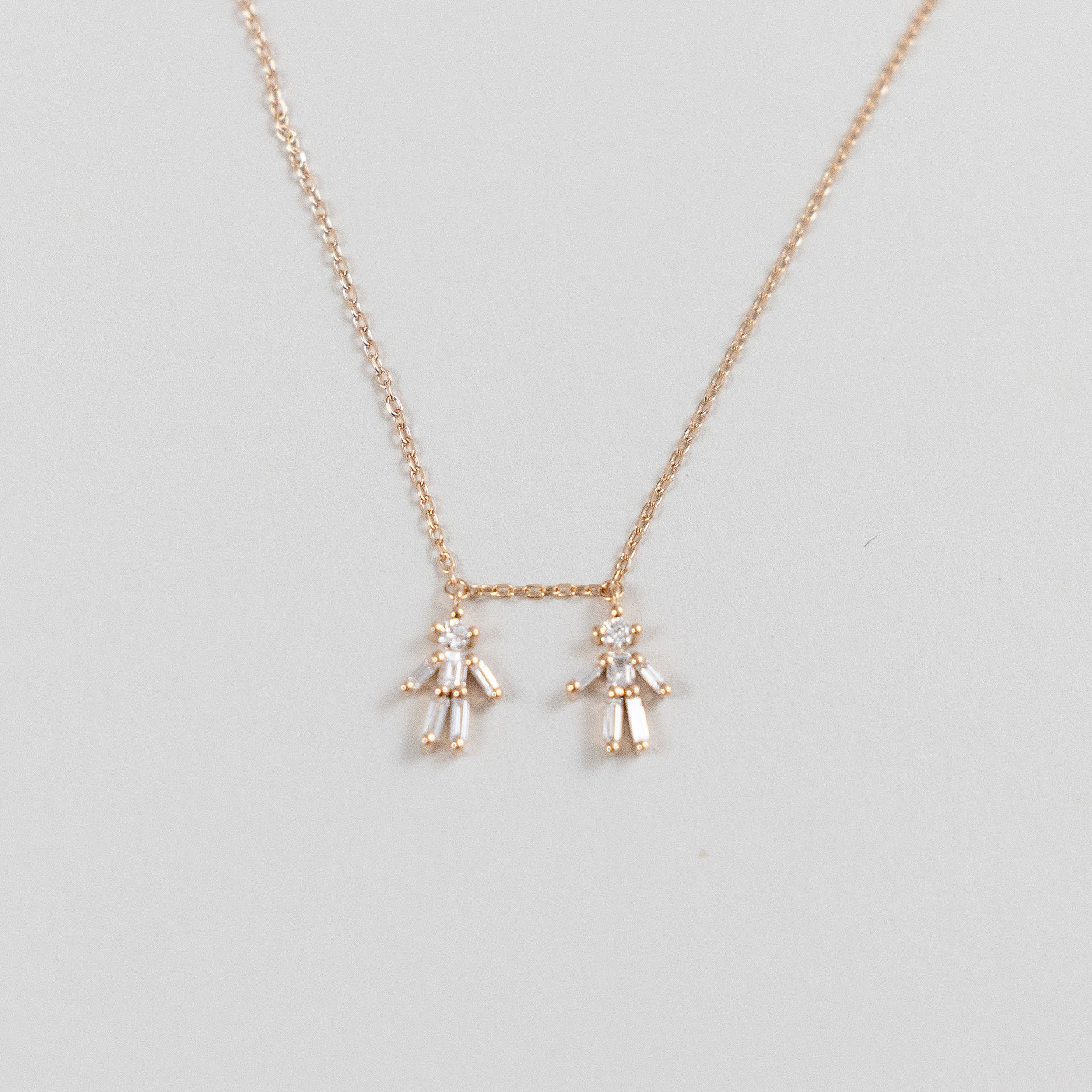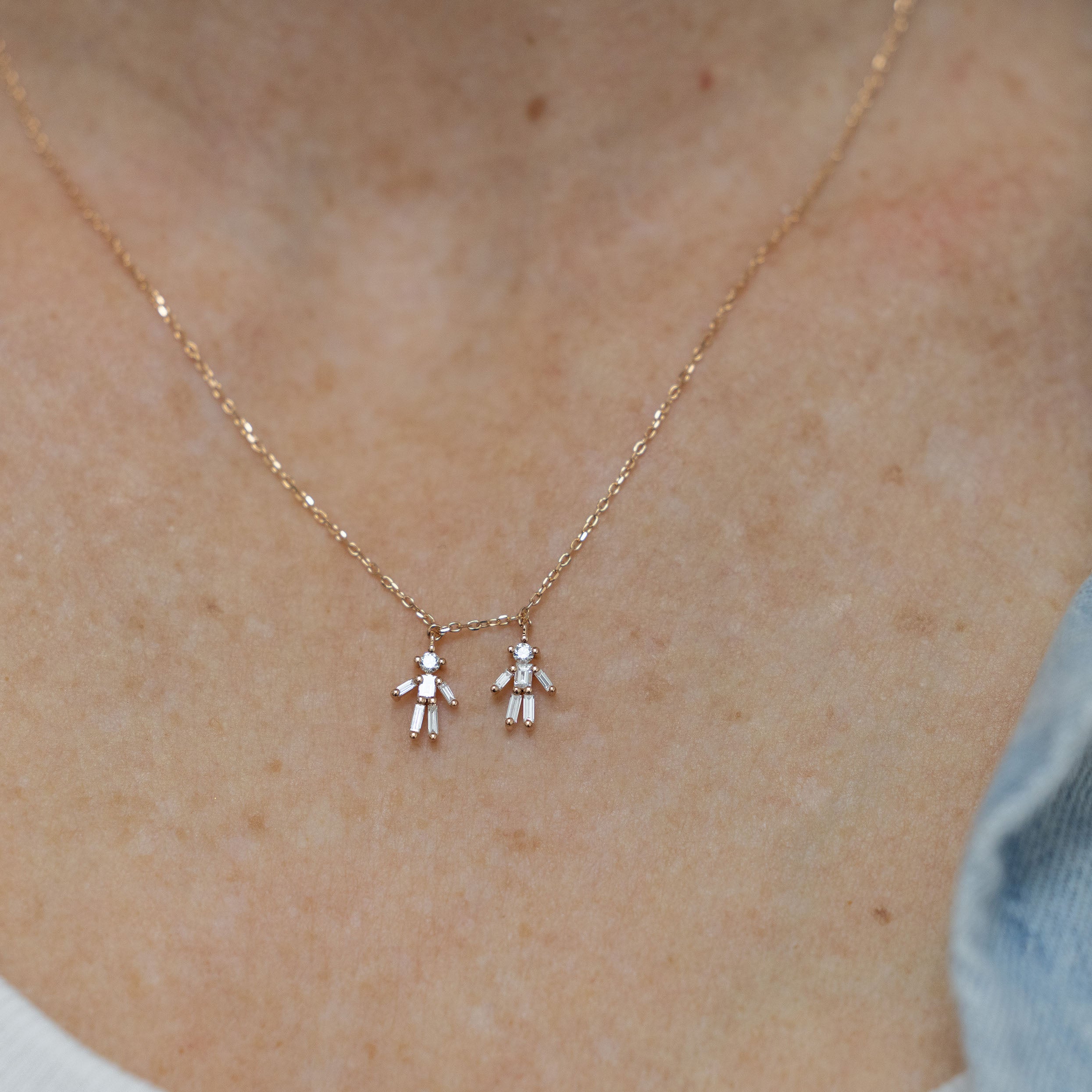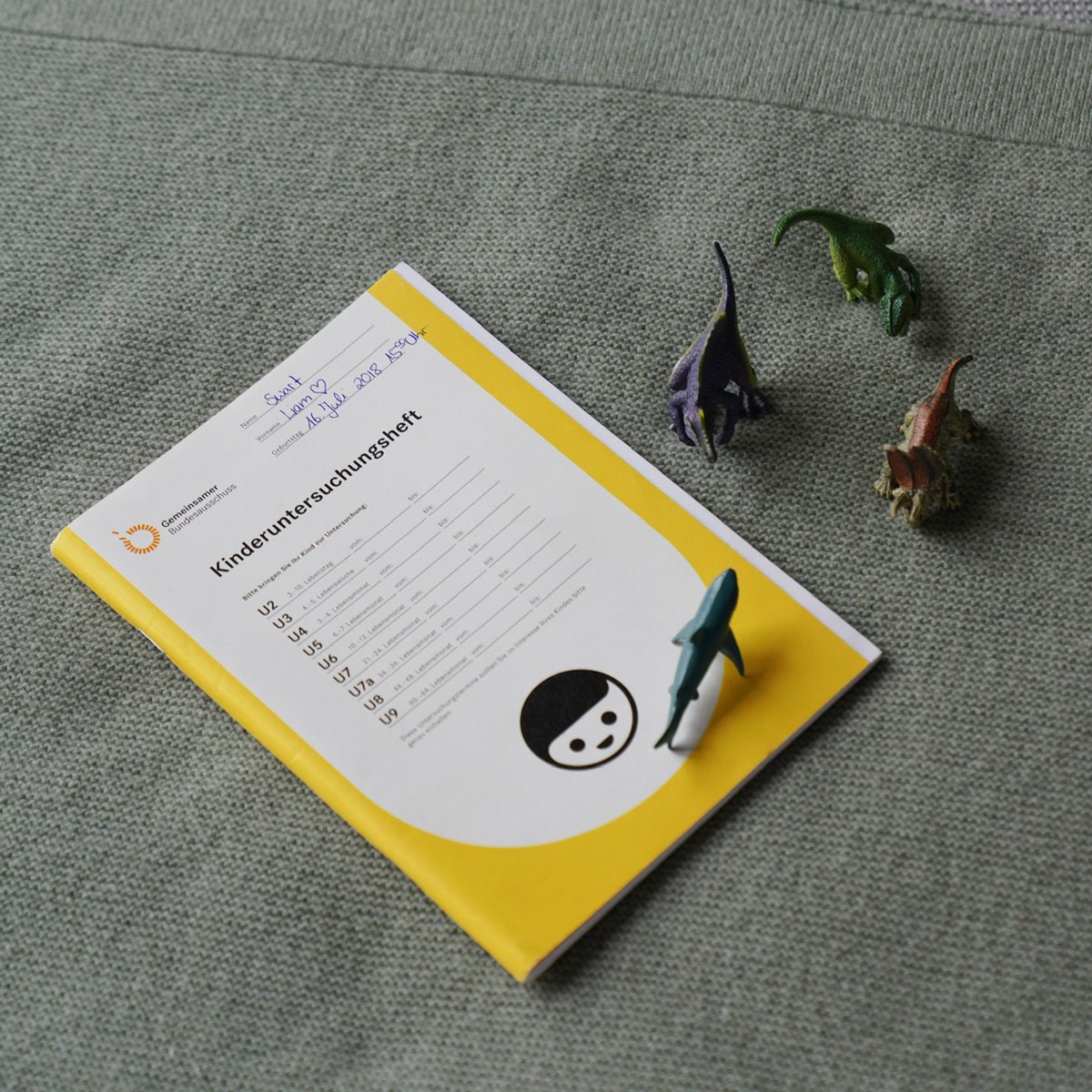"Would you like to see the placenta?" - This question might make some people squirm, as it's not your everyday topic of conversation. However, in recent years, this incredible organ has been getting the recognition it deserves – and about time! Your placenta has been the unsung hero, nourishing and safeguarding your baby for a full 40 weeks, and that's something worth acknowledging and celebrating.
Midwives hold the afterbirth, also known as the delivery of the placenta, in high regard – it's almost sacred to them. In their eyes, a birth is only truly complete once the afterbirth has been delivered. Beyond its symbolic significance, this step also holds crucial medical importance. Ensuring the complete delivery of the placenta is essential, as any remnants left behind could result in maternal bleeding.
When your placenta is delivered, you can have it shown to you. Please communicate this request when you register at the hospital. This is also possible with a C-section birth.
If you have never seen a placenta, there are some beautiful pictures of them on Berlin midwife Jessica's Instagram account @erdmutterberlin.
Typically, the placenta is delivered around 10-15 minutes after your baby's birth. This timing can vary, sometimes occurring more quickly, or it might take up to 30 minutes. The delivery of the placenta should be treated as a significant moment, just like the birth of your child. Midwives understand the importance of the placenta and make sure to raise awareness about it with parents, who are often understandably captivated by the arrival of their newborn.
In most clinics, this process is accelerated with a standard dose of oxytocin. If you do not want this, you must make a note of it in the preliminary consultation or have it noted in your file.
After the delivery of the placenta, it will be examined very closely and checked for completeness. Placental remnants can cause profuse maternal bleeding, as the body thinks it still has to supply blood to the remnants.
Once your placenta is delivered and you have decided to look at it, ask your midwife to explain. You will see how impressive your placenta is. With its fetal membranes and the umbilical cord, it is like a beautiful tree trunk with strong roots.
And what can you do with your placenta now???... art above all;-)
Some families choose to take their placenta home in a special box. Another meaningful idea is to bury the placenta and plant a fruit tree on top, though this requires having a garden space.
Occasionally, women opt to consume a portion of their placenta as a form of postpartum recovery, believing it offers healing benefits. However, it's important to note that this practice lacks scientific validation.
Alternatively, any remaining pieces of the placenta can be used to create smoothies or placenta powder, which can be incorporated into recipes like bone broth.
Other mammals wouldn't leave behind something as nutritious as their placenta.
For those interested in drying the placenta and transforming it into powder, a dehydrator or oven can be used. Properly washing and drying the placenta for a day or two at around 60 degrees Celsius is key before blending it into a powder. This powder can then be used in various ways, including adding it to soups or filling capsules to create "placenta pills." These pills are believed to act as a health booster, especially during times of stress.
Additionally, placenta globules can be produced using a similar method. If this topic intrigues you, consider exploring placenta nosodes for further tips and guidance on how to work with your placenta in various ways.
If this is interesting to you, then have a look at placenta nosodes. Here you will find more valuable tips and instructions on what to do with your placenta.
Art
And now we'll discuss placenta art
On Instagram you can find great examples of art that can be made with a placenta, under @placenta_art.
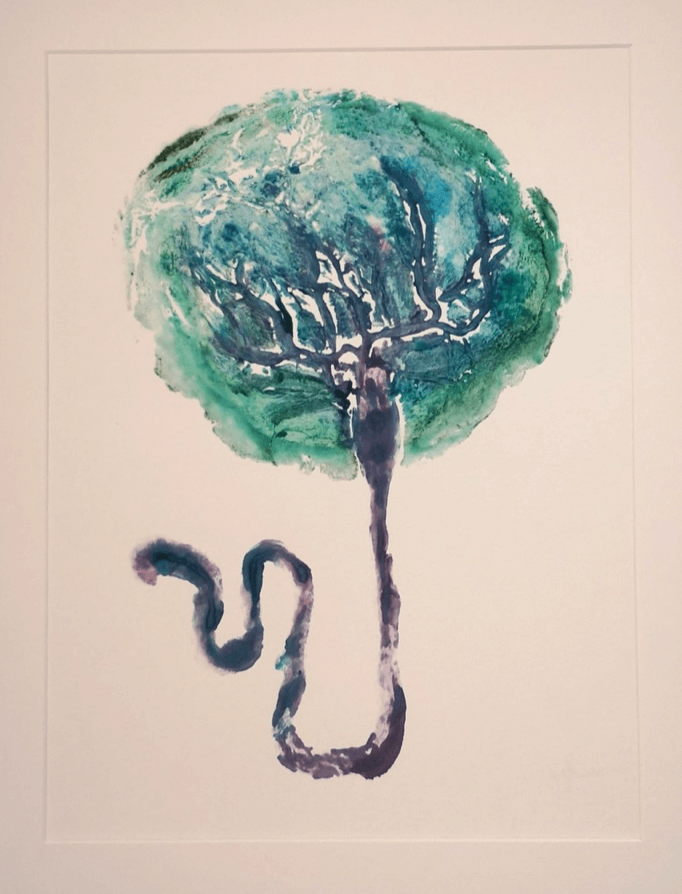
@placenta_art
Preserving an imprint of your placenta on high-quality paper can serve as a beautiful keepsake. Creating multiple prints on different sheets allows you to capture the gradual changes and progression. A helpful tip is to ensure that the prints are properly sealed to prevent them from fading prematurely.
Another lovely memento that you could make is the placenta moon. To do this, you dry the amniotic sac that protects your baby for 40 weeks. You will stretch the skin from it over a round container and then let it dry for a few days. After that, you can cut out and keep the moon in a glass frame. Placenta moons are beautiful and each one is unique.
Some women choose to have a lotus birth.
Choosing to have a lotus birth means that your baby will remain connected to its placenta without any separation post-delivery. With the umbilical cord left intact, the natural process of detachment slowly takes its course over several days. During this time, your baby will stay in sync with the placenta's nourishment.
To preserve the placenta and prevent any odors, it undergoes a washing and salting process. It is then nestled in a small cloth pouch that remains in close proximity to the baby.
We hope this discussion has shed light on some of the options you have for your placenta, allowing you to think about what is meaningful or useful to you. Your placenta, a symbol of life and connection, can be embraced in ways that hold deep significance for you and your journey.

